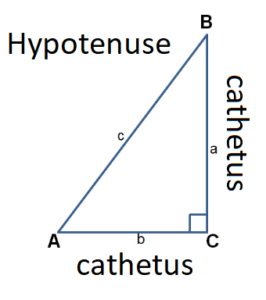Diffusion

Diffusion is the process of mutual penetration of molecules or atoms of one substance among the molecules or atoms of another, which typically results in the equalization of their concentrations throughout the occupied volume. Diffusion occurs in gases, liquids, solids, and plasmas. The fundamental principles of diffusion include the following: Types of diffusion The main …








